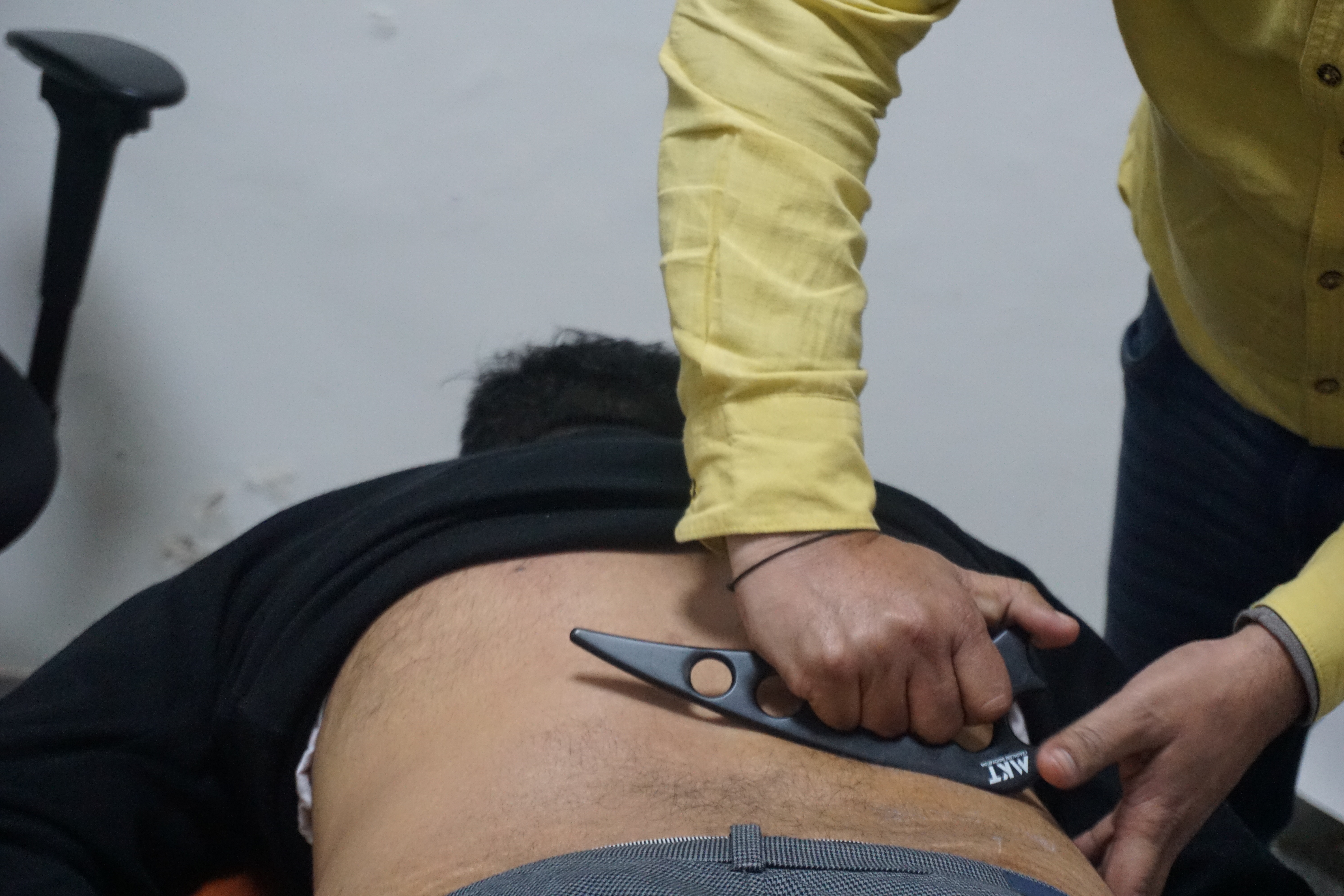
By Kure Clinic
What is muscle release?
Muscle release refers to a variety of techniques used to help relax tense muscles and alleviate muscle pain and discomfort. These techniques can include massage, trigger point therapy, myofascial release, and other forms of manual therapy. Muscle release is often used in physical therapy, sports medicine, and chiropractic care to help improve range of motion, reduce muscle tension, and promote relaxation. It is also used as a complementary therapy for conditions such as chronic pain, headaches, and fibromyalgia.
What are some common types of muscle release techniques?
Some common types of muscle release techniques include:
How can muscle release benefit physical and mental health?
Muscle release can provide several benefits for both physical and mental health. Some potential benefits include:
Is muscle release painful?
Muscle release techniques may be uncomfortable or even slightly painful, particularly if the muscles being targeted are very tense or sore. However, the goal of muscle release therapy is not to cause pain but rather to help alleviate it. It is important to communicate with the therapist performing the muscle release therapy to ensure that the pressure and intensity of the technique are comfortable for you. In some cases, it may be necessary to adjust the technique or pressure to minimize discomfort. It is also normal to experience some soreness or tenderness in the muscles following a muscle release session, but this should subside within a few days.
Can muscle release be used to manage chronic pain?
Yes, muscle release can be an effective tool for managing chronic pain. Chronic pain is often caused by tense, tight muscles that are overworked and fatigued. Muscle release techniques can help alleviate this tension, improve blood flow to the muscles, and reduce pain and discomfort. Many different types of muscle release techniques can be used to manage chronic pain, including massage therapy, trigger point therapy, myofascial release, and stretching. It is important to work with a qualified therapist who has experience in treating chronic pain to determine the most appropriate muscle release techniques for your specific needs.
How frequently should individuals receive muscle release treatments?
The frequency of muscle release treatments can vary depending on individual needs and goals. For acute muscle injuries, such as a strained muscle, a few sessions may be sufficient. For chronic pain or tension, ongoing sessions may be necessary to achieve lasting relief. Some individuals may benefit from weekly muscle release treatments, while others may only need treatment once every few weeks or months. It is important to work with a qualified therapist to determine the frequency and duration of treatment that is most appropriate for your specific needs. Additionally, practicing self-care techniques such as stretching and foam rolling between sessions can help maintain the benefits of muscle release therapy.
How long do muscle release treatments typically take?
The duration of muscle release treatments can vary depending on the technique being used, the area of the body being treated, and individual needs and goals. In general, muscle release treatments can range from 30 minutes to 90 minutes or more. Some techniques, such as trigger point therapy, may require shorter sessions focused on specific areas of tension, while others, such as full-body massage, may require longer sessions to address multiple areas of tension throughout the body. It is important to work with a qualified therapist to determine the duration of treatment that is most appropriate for your specific needs.
Can muscle release be done at home or is it typically done by a professional?
While there are some self-massage techniques and tools that can be used at home for muscle release, it is typically recommended to seek treatment from a professional. Muscle release techniques are often complex and require specific knowledge and skills to be effective and safe. Additionally, a professional therapist can provide a more comprehensive assessment of your muscle tension and tailor the treatment to your specific needs. It is important to work with a qualified therapist who has experience in muscle release techniques to ensure the best possible results and avoid the risk of injury. However, under the guidance of a therapist, some individuals may also be able to learn and perform muscle release techniques on themselves at home as part of a self-care routine.
What are some common conditions or injuries that can be treated with muscle release?
Muscle release techniques can be used to treat a variety of conditions or injuries that involve muscle tension, pain, or dysfunction. Some common conditions or injuries that can be treated with muscle release include:
It is important to note that muscle release techniques are typically used in conjunction with other forms of therapy, such as physical therapy, chiropractic care, or medical treatment, to achieve the best possible outcomes. It is important to work with a qualified healthcare professional to determine the most appropriate treatment plan for your specific condition or injury.
What is the research evidence supporting the use of muscle release for various health conditions?
There is some research evidence to support the use of muscle release techniques for various health conditions. However, more high-quality research is needed to fully evaluate the effectiveness of these techniques. Some examples of research findings related to muscle release include:
It is important to note that research findings may vary depending on the specific technique, condition, and individual factors. It is also important to work with a qualified healthcare professional to determine the most appropriate treatment plan for your specific needs.